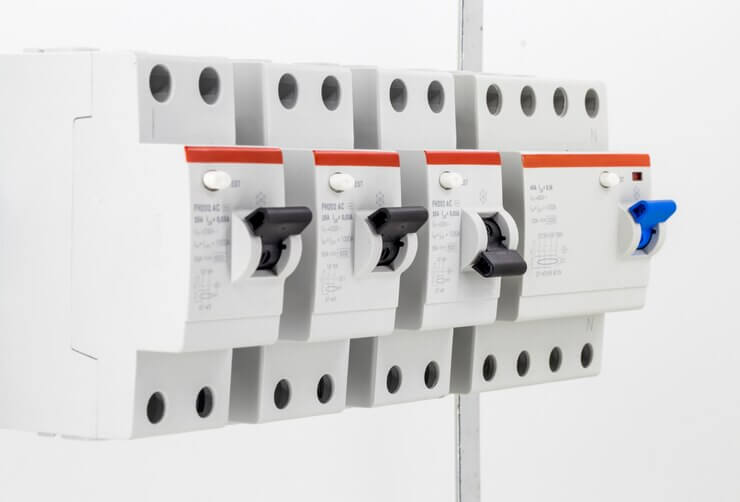Circuit breakers are the unsung heroes of our electrical systems, working tirelessly behind the scenes to protect our homes and businesses from potential electrical hazards. In this blog post, we’ll dive into the world of circuit breakers, unraveling their functionality, importance, and the role they play in ensuring a safe and reliable flow of electricity.
Understanding the Basics
At its core, a circuit breaker is a crucial safety device designed to automatically interrupt the flow of electrical current when it exceeds safe levels. This interruption prevents damage to electrical appliances, wiring, and the overall electrical system. Think of it as a guardian that steps in to shield your home or office from potential disasters caused by electrical overloads or faults.
Types of Circuit Breakers
Circuit breakers come in various types, each tailored to specific applications and needs. The most common types include
Miniature Circuit Breakers (MCBs): These are commonly found in residential and commercial buildings, providing protection against overcurrents and short circuits. MCBs are compact and easy to install, making them a go-to choice for most electrical installations.
Molded Case Circuit Breakers (MCCBs): Ideal for industrial applications, MCCBs are designed to handle higher currents and offer more advanced features such as adjustable trip settings. They are a robust solution for safeguarding large-scale electrical systems.
Residual Current Circuit Breakers (RCCBs): Specializing in detecting ground faults and leakage currents, RCCBs are crucial for preventing electrical shocks and fires. They are commonly used in areas where water and electrical appliances coexist, such as kitchens and bathrooms.
How Circuit Breakers Work
The operating principle of a circuit breaker involves a delicate balance between allowing normal current flow and promptly interrupting it when necessary. When an excessive current flows through the circuit, the breaker’s internal components, including electromechanical or electronic systems, respond by tripping and breaking the circuit. This swift response prevents potential damage and hazards.
The Importance of Regular Maintenance
While circuit breakers are designed to operate seamlessly, regular maintenance is key to ensuring their reliability. Routine inspections, testing, and prompt replacement of faulty breakers contribute to the longevity of your electrical system and enhance overall safety.
Conclusion
Circuit breakers might go unnoticed until a crisis is averted, but their role in maintaining electrical safety is undeniable. Whether in our homes, offices, or industrial facilities, these devices are the silent guardians that keep our electrical systems running smoothly. Understanding their types, functions, and the importance of regular maintenance empowers us to create safer environments and appreciate the significance of these unsung heroes in the world of electricity.

















